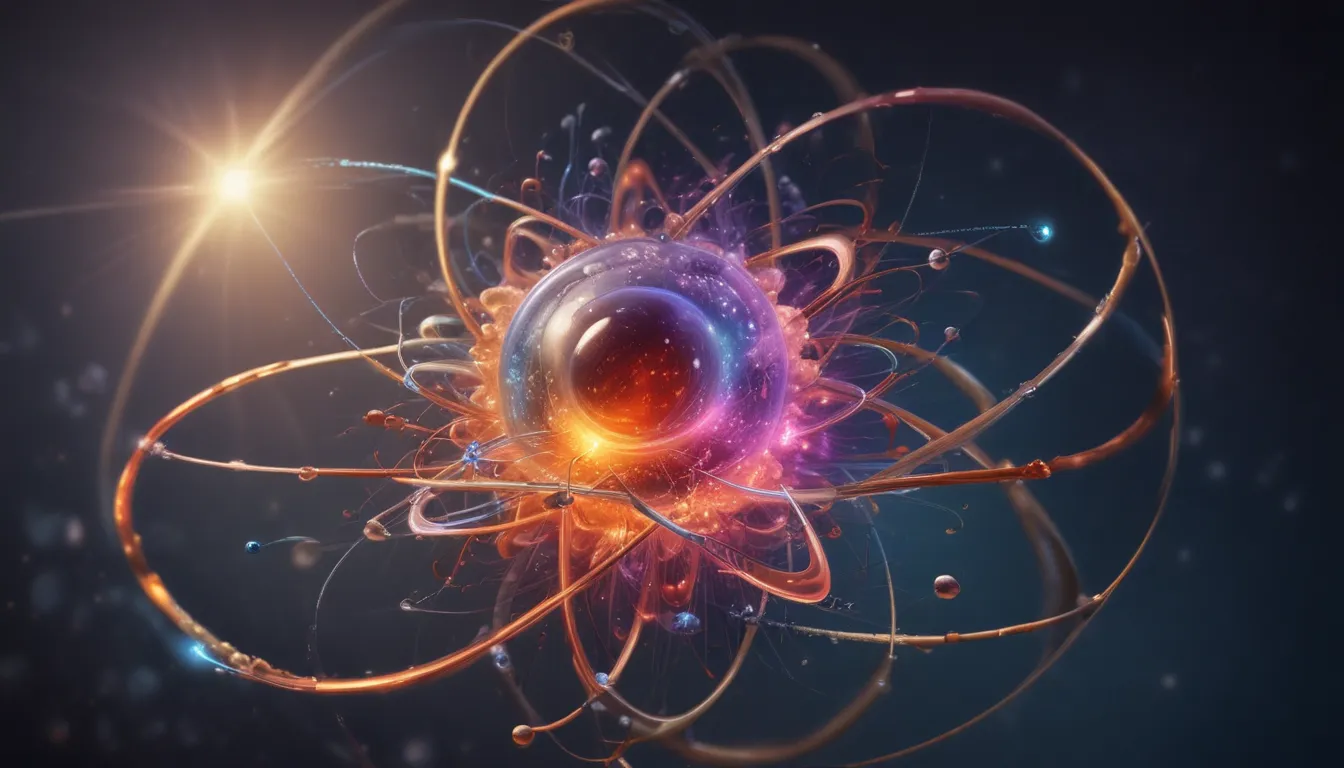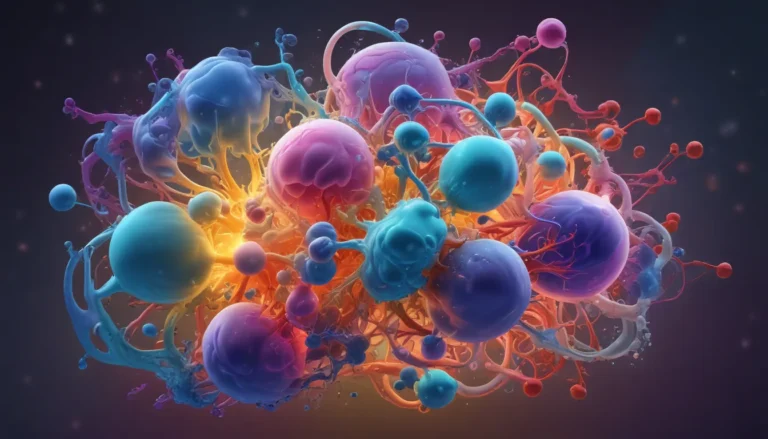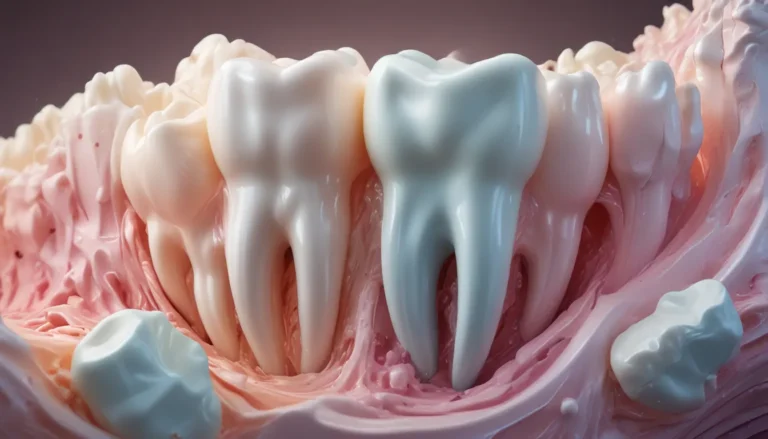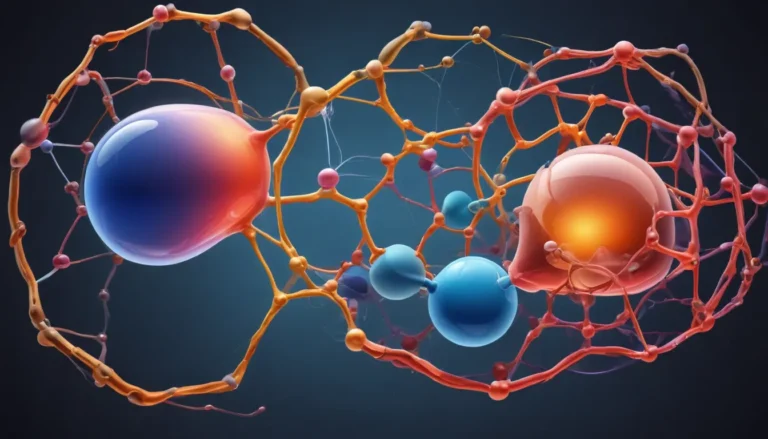A Note About Images: The images used in our articles are for illustration purposes only and may not exactly match the content. They are meant to engage readers, but the text should be relied upon for accurate information.
Welcome to the world of atomic radius, a concept that lies at the core of chemistry and shapes the behavior of elements around us. Understanding atomic radius allows us to explore the intricate patterns within the periodic table, predict bonding interactions, and decipher the arrangement of electrons within atoms. In this article, we will embark on an enlightening journey to uncover 15 captivating facts about atomic radius that will deepen our comprehension of this essential concept. From the impact of atomic number and electron configuration to the various factors influencing atomic size, we will unravel the mysteries surrounding atomic radius in the realm of chemistry.
Exploring Atomic Radius: A Fundamental Concept
Atomic radius refers to the distance between the nucleus and the outermost energy level of an atom. This crucial parameter dictates the size of an atom and plays a significant role in determining its properties and behaviors. By delving into the realm of atomic radius, we can gain valuable insights into how atoms interact, bond, and engage in chemical reactions. The atomic radius varies from one element to another, depending on its unique electronic configuration and position within the periodic table.
Key Takeaways
- Atomic radius is a crucial determinant of an atom’s size and behavior, influencing its bonding capabilities and reactivity.
- Understanding atomic radius allows us to interpret the behavior of elements in the context of chemistry and predict their interactions with other atoms.
Unveiling Periodic Trends in Atomic Radius
The atomic radius exhibits distinct trends across the periodic table. As we traverse a period from left to right, the atomic radius generally decreases, reflecting the increasing effective nuclear charge that pulls electrons closer to the nucleus. In contrast, as we move down a group, the atomic radius tends to increase due to the addition of energy levels that are farther from the nucleus. These trends provide valuable insights into the variations in atomic size and electronic structure among different elements.
Interplay Between Atomic Radius and Electronegativity
Atomic radius and electronegativity share an intriguing relationship, with atomic size being inversely correlated to electronegativity. Elements with smaller atomic radii typically exhibit higher electronegativity, signifying their enhanced ability to attract electrons. This interplay between atomic radius and electronegativity influences the chemical properties and bonding behaviors of elements, shaping their interactions with other atoms.
Implications of Atomic Radius on Ionization Energy
The atomic radius also influences ionization energy, with smaller atomic radii corresponding to higher ionization energy. Elements with compact atomic structures require more energy to remove electrons due to the strong attraction between the electrons and the nucleus. This relationship highlights the intricate balance between atomic size and energy levels within an atom, impacting its ionization characteristics.
Factors Influencing Atomic Radius
Various factors contribute to the determination of atomic radius, including the number of electron shells, nuclear charge, and the shielding effect of inner electrons. These factors collectively shape the overall size of an atom and its propensity to engage in chemical reactions. Understanding the interplay of these factors allows us to decipher the complexities of atomic structure and reactivity.
- Number of electron shells
- Nuclear charge
- Shielding effect of inner electrons
Unraveling Metallic Character and Atomic Radius
Elements with larger atomic radii tend to exhibit greater metallic character, showcasing enhanced properties such as electrical conductivity and malleability. The expansive atomic structures of these elements facilitate the delocalization of electrons, leading to the manifestation of metallic properties. By exploring the relationship between atomic radius and metallic character, we can appreciate the diverse behaviors of elements across the periodic table.
Comparing Covalent and Metallic Radii
The covalent radius, which measures the bond length between atoms in a molecule, often differs from the metallic radius of an individual atom within a metallic lattice. This distinction stems from the unique bonding interactions exhibited by covalently bonded molecules and metallic structures, highlighting the diverse roles played by atomic radius in various chemical contexts.
Insights into Ionic Radii and Atomic Size
When atoms lose electrons to form cations, the resulting ions possess smaller atomic radii compared to their neutral counterparts. This reduction in size can be attributed to the decrease in electron-electron repulsion following the removal of electrons, causing the remaining electrons to be drawn closer to the nucleus. Understanding the variations in ionic radii sheds light on the changes in atomic size that occur during the formation of ions.
Navigating Exceptions to Periodic Trends
While atomic radius generally follows periodic trends, exceptions often arise in transition elements due to their intricate electron configurations. Factors such as partially filled d or f orbitals can influence the atomic size of transition elements, leading to deviations from the expected trends. By recognizing these exceptions, we gain a deeper understanding of the nuances present within the periodic table.
Exploring Isotopes and Atomic Radius Variations
Isotopes of the same element share identical numbers of protons but differ in the number of neutrons, which can impact atomic radius. While additional neutrons contribute to a slight increase in atomic radius due to increased nuclear mass, the overall electronic configuration remains relatively unchanged. These subtle variations in atomic size among isotopes highlight the nuanced nature of atomic structures and their implications on physical properties.
Contrasting Main Group Elements with Transition Metals
Main group elements typically exhibit larger atomic radii compared to transition metals, reflecting the differences in their orbital structures and electron arrangements. This distinction underscores the diverse properties observed among main group elements and transition metals, emphasizing the role of atomic radius in shaping elemental characteristics.
Decoding Periodic Table Trends: Alkali Metals and Halogens
Alkali metals stand out for their expansive atomic radii within their respective periods, while halogens showcase compact atomic sizes with high electronegativity. This contrast in atomic radius between alkali metals and halogens underscores the unique chemical behaviors exhibited by these groups of elements. By examining these trends within the periodic table, we can discern the distinct characteristics associated with different elemental groups.
Unveiling Atomic Radius Patterns Among Rare Gases
Noble gases, characterized by their stable electron configurations, demonstrate a gradual increase in atomic radius with ascending atomic number. These elements possess complete electron shells, resulting in minimal reactivity and larger atomic sizes. The consistent patterns observed among noble gases highlight the predictable nature of atomic radius within this group of elements.
Impacts of Atomic Radius on Chemical Reactions
Atomic radius plays a pivotal role in determining the ease at which atoms form chemical bonds and engage in reactions. Elements with larger atomic radii are more inclined to lose electrons and form positive ions, whereas elements with smaller atomic radii tend to gain electrons and form negative ions. By understanding the implications of atomic radius on chemical reactivity, we can elucidate the driving forces behind various chemical interactions and reactions.
Insights from Experimental Determination of Atomic Radius
Scientists employ a range of experimental techniques, including X-ray crystallography and spectroscopy, to measure atomic radius accurately. These methodologies provide valuable insights into the distances between atomic nuclei in solids and the behaviors of atoms in gaseous states. By leveraging experimental data, researchers can unravel the intricacies of atomic structures and interactions, further expanding our knowledge of atomic radius.
In Conclusion
In conclusion, atomic radius serves as a cornerstone concept in chemistry, influencing the physical and chemical properties of elements and their behaviors in reactions. By exploring the depths of atomic radius through 15 captivating facts, we have gained a profound appreciation for this fundamental parameter. From deciphering trends across the periodic table to unraveling the influences of atomic radius on bonding and reactivity, we have delved into a realm rich with insights and discoveries. The interplay between atomic radius and elemental characteristics underscores the intricate relationships that govern the behavior of atoms in the world of chemistry.
FAQs
- What is atomic radius?
-
Atomic radius refers to the size of an atom, measured as the distance between the nucleus and the outermost shell of electrons.
-
How does atomic radius change across a period?
-
Atomic radius generally decreases from left to right across a period due to the increasing effective nuclear charge.
-
How does atomic radius change down a group?
-
Atomic radius typically increases as you move down a group, with each subsequent energy level being further from the nucleus.
-
Does atomic radius influence chemical reactivity?
-
Yes, atomic radius significantly impacts chemical reactivity, with larger atoms being more prone to losing electrons and smaller atoms having a higher affinity for gaining electrons.
-
How does atomic radius affect the formation of atomic bonds?
-
Atomic radius plays a crucial role in determining bond distances, with smaller atomic radii resulting in stronger bonds and larger atomic radii leading to weaker bonds.
-
Can atomic radius be measured experimentally?
- Yes, atomic radius can be estimated through experimental techniques such as X-ray crystallography and spectroscopy, allowing for accurate measurements of atomic sizes.
Embracing the Journey of Discovery
Our exploration of atomic radius has unraveled a myriad of insights and revelations, underscoring the profound impact of this fundamental concept on the world of chemistry. By delving into the nuances of atomic size, trends across the periodic table, and influences on chemical behavior, we have embarked on a captivating journey of discovery and learning. The intricate interplay between atomic radius and elemental properties weaves a tapestry of knowledge that enriches our understanding of the elements that shape our universe. As we continue to expand our horizons and delve deeper into the realms of atomic radius, may our quest for knowledge and discovery be met with endless fascination and enlightenment.






